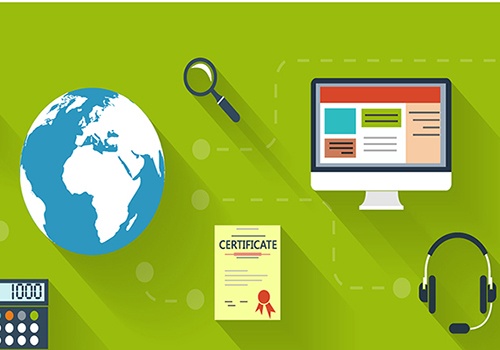The Traditional Learning Systems
The system we all consider first is the LMS – the Learning Management System. It is called a Learning Management System because it has traditionally focused on course administration, classroom management, and learner enrollment. Reporting is a classical element of the LMS, but it has been limited by the standard upon which formal training content is built – SCORM and AICC. The new Tin-Can standard (xAPI) promises to enable tracking of the most common forms of learning: informal and social learning. Thus, regardless of the “buzz,” it is worthy of a serious look.
The Learning Content Management System (LCMS), the LMS’s less popular brother, is often overlooked by training organizations in lieu of desktop and rapid authoring tools for developing and managing their learning content. However, recent developments, like the drive to make learning content smaller and to take learning to the streets in the form of mobile performance support, have finally alerted learning professionals to the fact that separating content from presentation is necessary to produce learning content for any type of intervention, delivered from any system, and experienced on any device. Personalized learning paths will continue to elude us unless we can break content down into chunks that are data rich and organized by competency, job role, or subject. Content is still king, and the management and delivery systems we choose must facilitate context and conversation in order to cripple the forgetting curve.
Modern Learning Systems vs Traditional
The table below offers a guide to help learning professionals compare the traditional systems to the modern learning system. It is unlikely that the modern learning system can be found in a single neat package provided by your talent or business system provider, so consider your end goals when planning system upgrades and go from there. Learning content drives learner engagement, which in turn drives behavior change, knowledge retention, and on-the-job performance. Do not overlook the importance of integrated Content Management this time around.
| Traditional LMS | Traditional LCMS | Modern Learning System | |
| Learning Experience | |||
| Learning Interventions | Formal | Formal, Informal | Formal, Informal, and Social |
| Learner Engagement | Classroom, Desktop | Classroom plus on-demand learning via web or mobile: anytime, anywhere, and on any device. | |
| End User Tools | Browse Catalog, Simple Search, Email notification | Browse Catalog, Faceted Search, Individual Development Plan, Dynamic Recommendations, Learning Paths, Learner/Manager Dashboards, Email/Text Notifications, Ratings and Reviews, Badges/Leaderboards | |
| Learning Content | |||
| Content Authoring | Simple Course Builder, Rapid Authoring Tools | Sophisticated and structured authoring for courses, presentations, printed guides, job aids, web pages, and Flash | Granular learning content separated from presentation for rapid assembly and reuse across any output format or audience |
| Content Management | Versioning, workflow, and review tools | Online collaboration, versioning, workflow, and review tools | |
| Content Publishing | Print and web output templates/formats | Print, responsive web (HTML5/CSS3), and mobile output templates/formats | |
| Digital Content Delivery | Courses
|
Packaged SCORM/AICC or .PDF | Learning Object Repository (LOR) serving multiple formats for many systems and devices |
| Learning Administration | |||
| User and Group Administration | Manage Users and Groups | Single Sign-On (SSO), integrated with HR system | |
| Course Administration | Course Enrollment, Completion Rules, Classroom Management | Course Enrollment, Learning Paths, Classroom Management, Competency Management, Certification Management | |
| Reporting and Analytics | Completion Tracking, Test Scores | Centralized Learning Record Store (LRS) for reporting and analytics, Completion Tracking, Test Scores, Question Analytics, Informal Learning Activities, Social Learning Activities, Content Effectiveness | |
Learn how Caterpillar used the Modern Learning System Xyleme LCMS to close skill gaps and deliver personalized learning among its dealer technicians. Register to attend a live webinar Thursday, August 28 at 11 am MDT.









